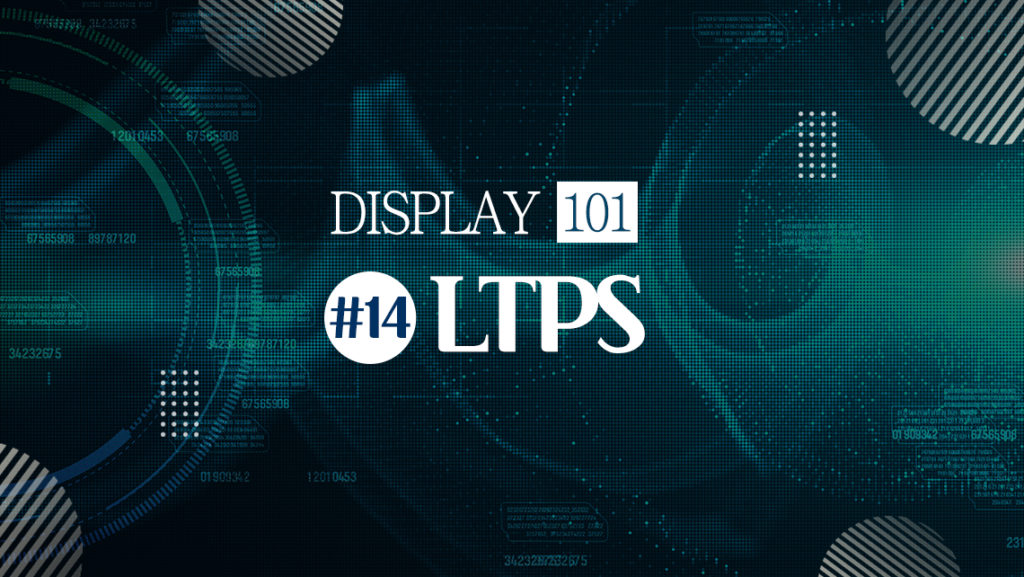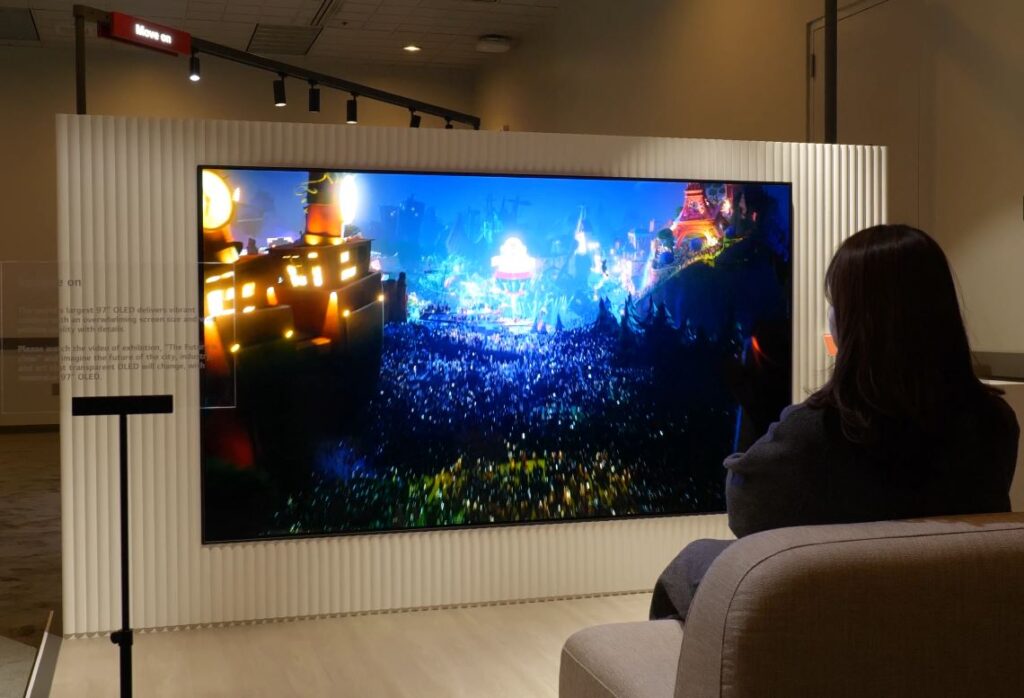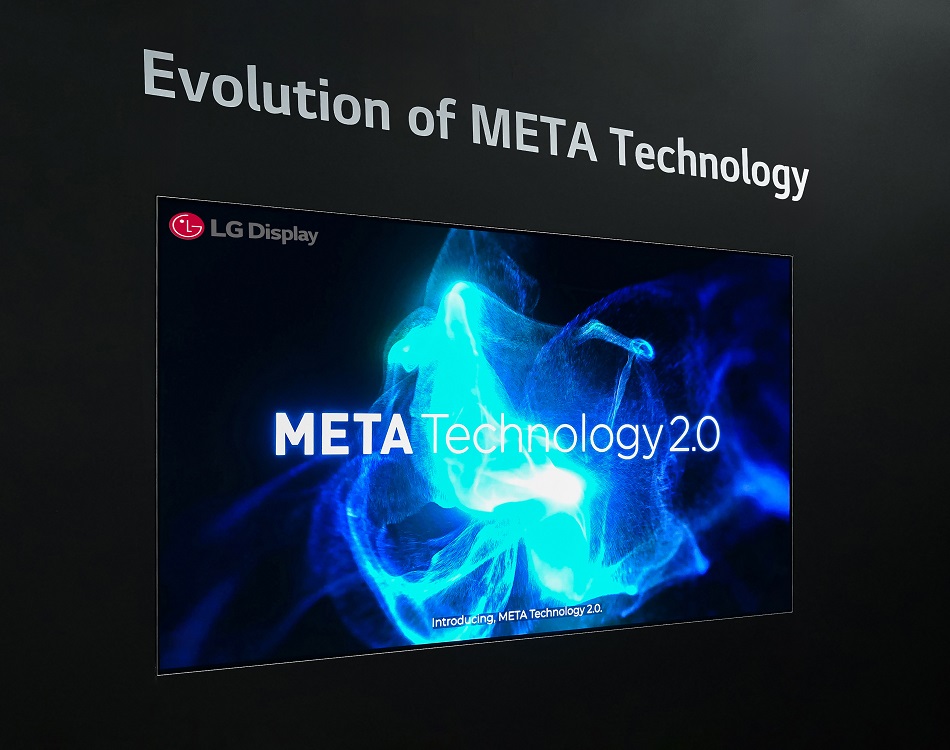
In its pursuit of ‘Natural Reality’, LG Display has been providing innovative viewing experiences with unsurpassed and natural image quality. The company has strived to surpass the limitations of OLED with various technological advancements that include the EX Technology in 2022, which incorporated deuterium into OLED panels to boasts 30% higher brightness, and the META Technology in 2023, featuring Micro Lens Array and META Booster that maximizes light emission while enhancing brightness and color expression.
On the eve of the opening of CES 2024 in Las Vegas on January 8, LG Display unveiled the new ‘META Technology 2.0.’ Achieving the highest maximum brightness out of any OLED panels in the market, LG Display has set a new standard on OLED perfection once again.
A new year, a new generation of OLED – META Technology 2.0
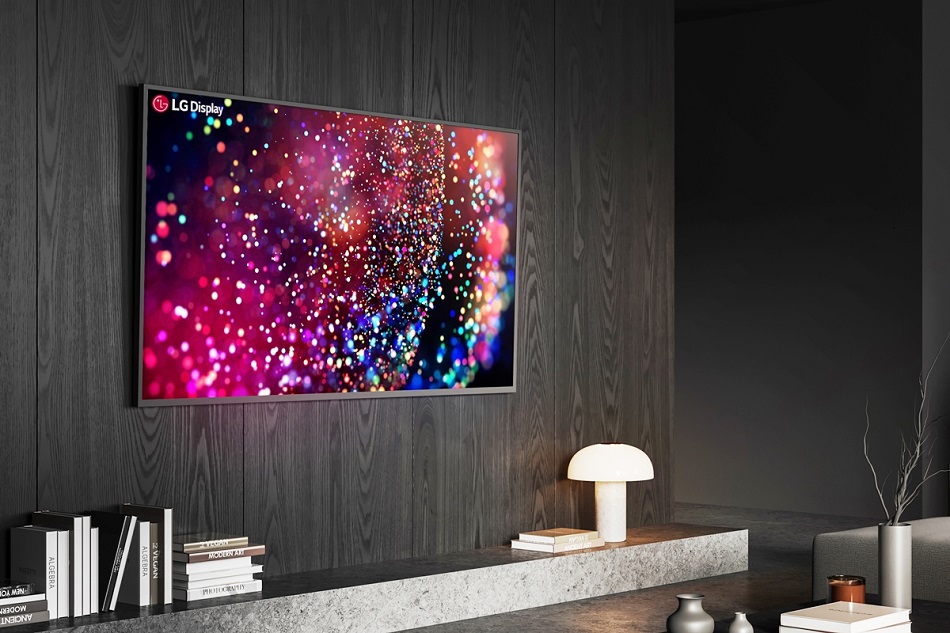
LG Display’s latest OLED innovation, META Technology 2.0, made its world debut at CES 2024 as the company unveiled its first-ever 83-inch OLED TV panel that featured META 2.0. In just one year after its technological breakthrough with the introduction of META Technology 1.0 at CES 2023, LG Display has succeeded in developing its successor to further maximize OLED’s potential.
Compared to its predecessor, OLED TV panels equipped with META 2.0 feature a groundbreaking improvement in brightness of around 42%, making it the first OLED TV panel in history to reach the 3,000-nit mark in peak brightness. On top of clear image quality, its brightness allows viewers to experience real-life images as seen by the human eye.
Moreover, the ‘Micro Lens Array (MLA)’ and ‘META Booster’ technology that the previous META Technology offered has been enhanced further and now features a trio of ‘Micro Lens Array Plus (MLA+),’ ‘META Multi Booster,’ and the brand new, internally developed ‘Detail Enhancer,’ all of which combine to portray a natural, true-to-life image quality that LG Display strives to achieve.
Micro Lens Array Plus: Further harnessing lost light in the panel
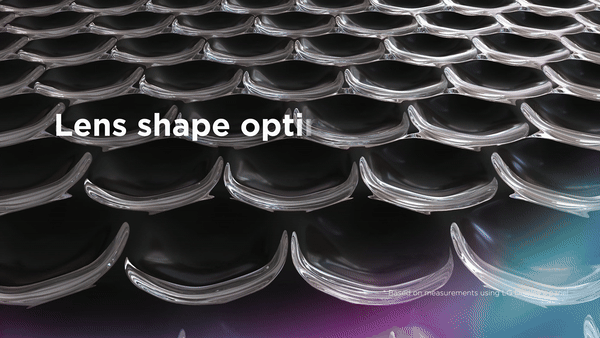
As you may know from the previous article, Micro Lens Array refers to a layer of micrometer-sized convex lenses that maximizes light emission from the OLED panel. For a 77-inch 4K OLED display, this means a total of 42.4 billion micro lenses extract light to achieve revolutionary brightness. Because creating billions of microscopic lenses in a pattern is extremely difficult, this is one of the core reasons for LG Display’s technological superiority.
The upgraded Micro Lens Array Plus (MLA+) features a more optimized layer of lenses that allows the panel to emit even the smallest amount of lost light from internal reflections back outside, thanks to big data accumulated from MLA over the past year. Because higher brightness levels enable more pronounced contrasts, this allows for a more realistic viewing experience, from the immersive visuals of a cascading waterfall to the glimmers of individual droplets reflecting the sunlight.
Also inspired by the dragonfly’s ability to see 360 degrees through its eyes, MLA+ offers the widest viewing angle of any TV at 160 degrees, delivering accurate pictures at any angle with no distortion.
META Multi Booster: Enhancing peak and color brightness to new heights
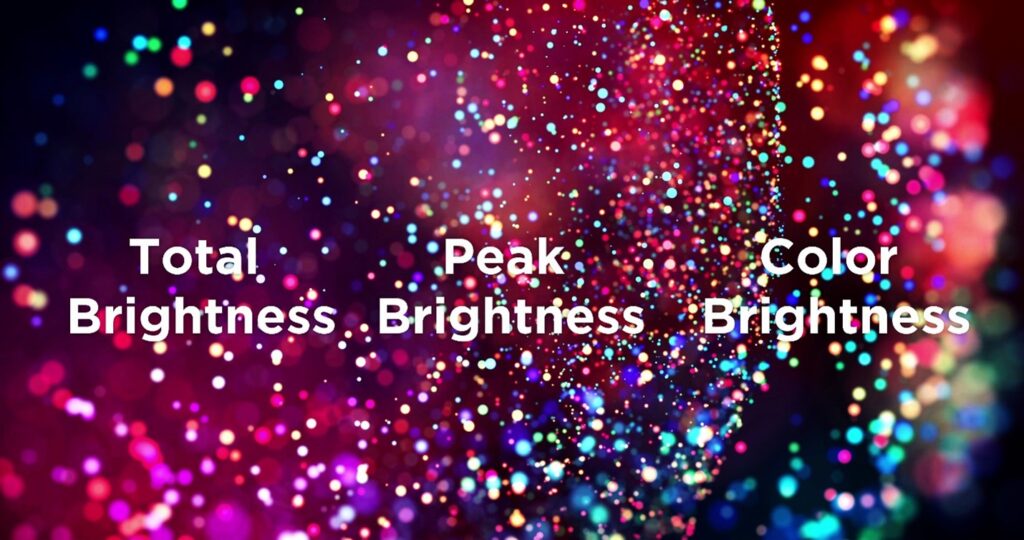
META Multi Booster is an evolved version of the previous META Booster, a brightness optimizing algorithm that analyzes each scene to elevate the overall brightness and color expression by leveraging the high brightness provided by MLA. Different scenes within a video can vary in dynamics, with some being more dynamic while others appear more static. META Booster recognizes these characteristics and meticulously calculates how to adjust brightness levels in real-time. As a result, META Booster offers optimized brightness and color for every scene for a more detailed image representation.
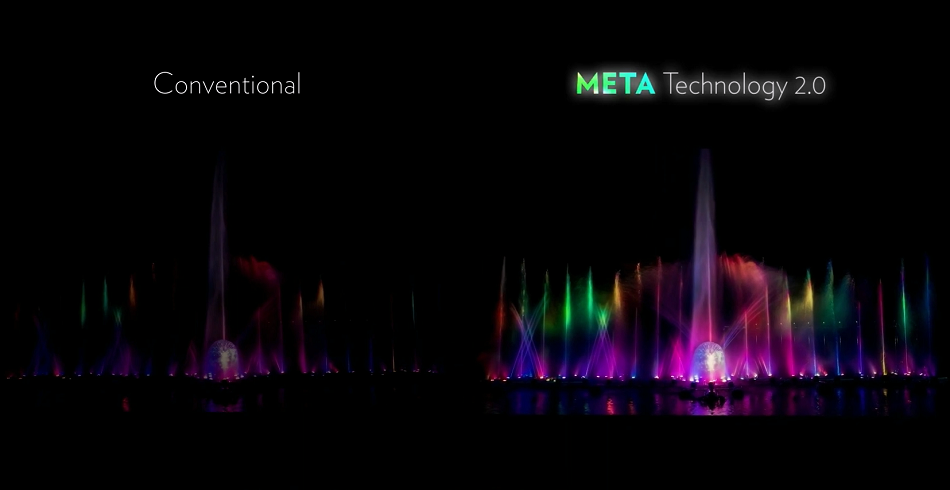
META Multi Booster not only elevates peak brightness but also color brightness – Compared to its predecessor, its color brightness has been enhanced by 114%, to 1,500 nits, effectively enhancing HDR images by making brighter areas appear brighter and darker areas appear darker. This enhancement is particularly noteworthy in situations where vivid and bright colors need to be portrayed, such as a bright, shining aurora over the night sky.
Detail Enhancer: Precision in every scene
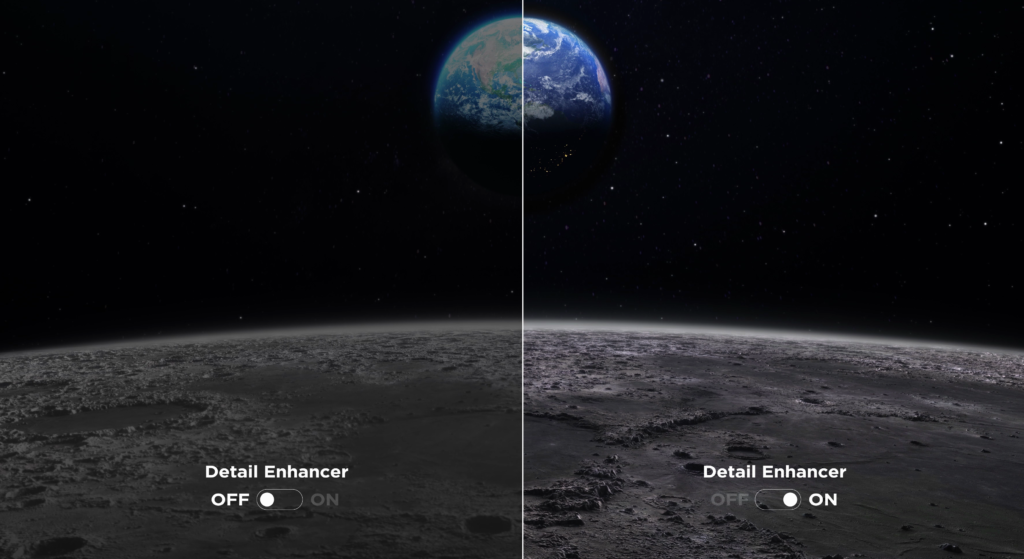
A new addition to META Technology 2.0, the internally developed Detail Enhancer is a full-range brightness detail enhancing algorithm that ensures consistent and accurate color expression in both bright (high gradation) and dark (low gradation) scenes. Gradation refers to the range of brightness levels a display can represent, from the brightest to the darkest areas. A wider gradation range allows for more steps in representing the contrast of colors, resulting in smoother images, while conversely, a narrower gradation range limits the number of representable colors, causing visible breaks in the picture.
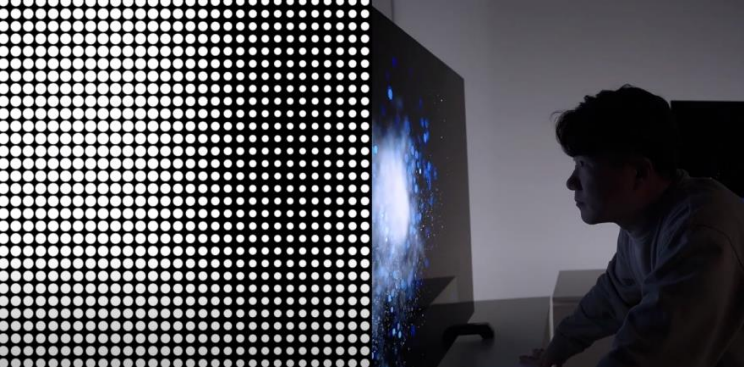
Displays typically struggle to accurately render darker images (low gradation) in contrast to brighter images (high gradation). Combined with OLED’s ‘Pixel Dimming’ technology, which precisely controls the light of each of the 33 million OLED pixels, Detail Enhancer ensures that every element remains distinctly visible even in the darkest of scenes for a realistic picture quality. For example, Detail Enhancer can capture all the distinct colors and details of a tropical fish swimming in the dark underwater.
Less blue light, less plastic
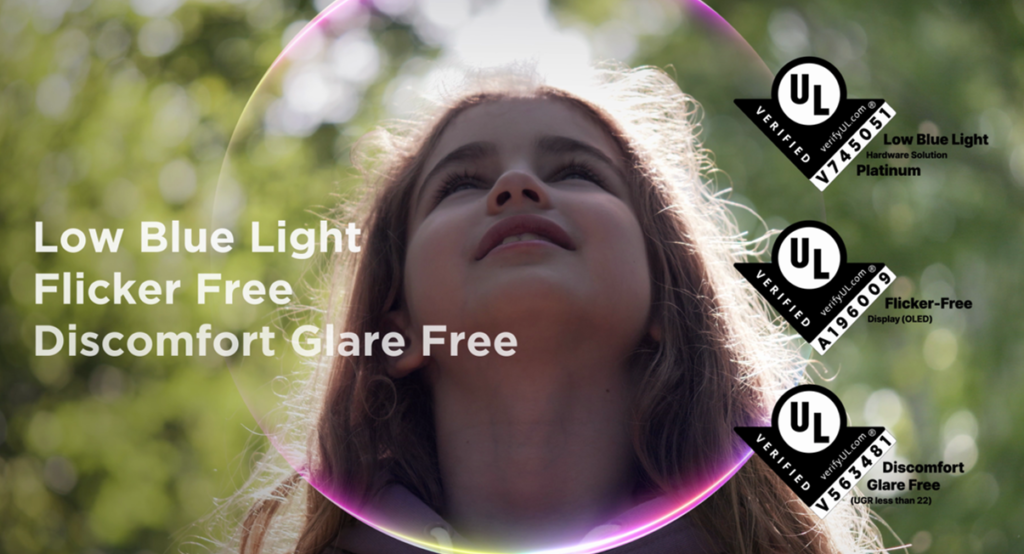
META Technology 2.0 has achieved noteworthy innovations in eye health and environmental friendliness. LG Display’s OLED TV and monitor panels received the highest rating ‘Circadian Friendly Level (CFL) 1’ from the leading global independent testing, inspection and certification body TÜV Rheinland for having the lowest impact on the viewer’s biological pattern for a better quality of life. Leading the industry in emitting the lowest level of blue light, which can negatively affect eye health, LG Display was also awarded a Platinum rating and the UL Mark for low blue light from a global leader in applied safety science, UL Solutions.
Furthermore, LG Display’s OLED minimizes flickering, a continuous fluctuation in the brightness of a display that can cause visual impairment, and became the industry’s first to receive the ‘Flicker-Free’ certification. It also leads the industry in achieving a nearly nonexistent reflection level to further contribute to eye comfort and earned the ‘Discomfort Glare Free’ certification from UL Solutions.

LG Display’s OLED also garnered various certifications for its eco-friendliness. By meeting the global standard on greenhouse gas emissions throughout OLED’s entire product life cycle, LG Display became the first company in the industry to receive the ‘Product Carbon Footprint Certification’. Since OLEDs do not require a backlight unit like LCDs and do not use Hazardous substances such as cadmium or indium, LG Display’s OLEDs use 90% less plastic materials than LCDs and boast a 92.7% recycling rate, an effort that was recognized with Eco product certifications from SGS and TÜV Rheinland.
In addition, OLED TV panels with META Technology 2.0 maximize light emission and enhance energy efficiency by 22% compared to those of the same brightness. These are some of LG Display’s ongoing efforts to reduce environmental pollution and promote a greener future!
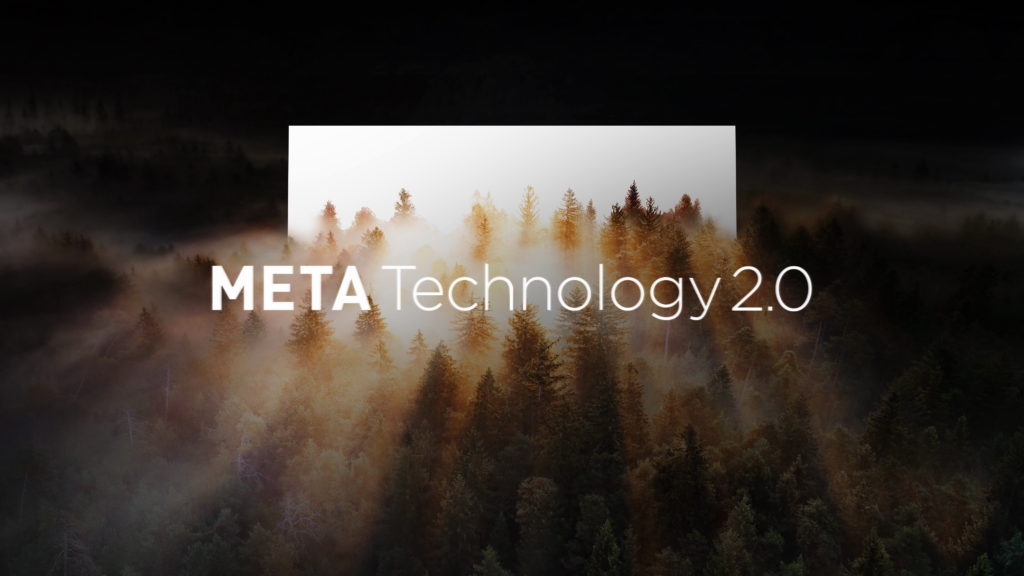
As demand for ultra-large TVs is on the rise, LG Display is implementing its latest META Technology 2.0 into its lineup of 55-, 65-, 77-, and 83-inch 4K OLEDs and the 77- and 88-inch 8K OLEDs. By achieving the 3,000-nit mark in peak brightness, LG Display has opened a new era of OLED picture quality and blended its technology with humans, nature, and the environment in mind. Stay tuned for more exciting developments from LG Display as META Technology 2.0 wows the world and sets new heights in the OLED TV market.




